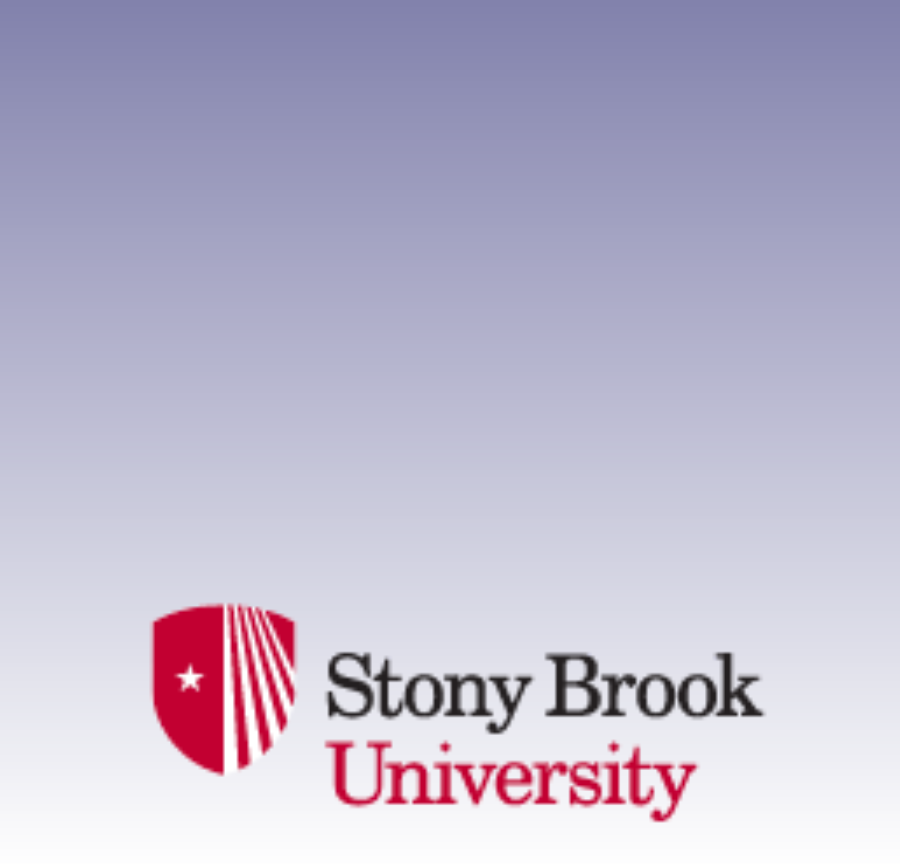Events Calendar
Ned Wingreen
Friday, May 20, 2016, 02:30pm - 03:30pm
Hits : 3162
Contact Host: Jin Wang
Professor of Molecular Biology and Lewis-Sigler Institute for Integrative Genomics
Princeton University
Why so many feedbacks in Vibrio harveyi quorum sensing?
Bacteria are social organisms - they communicate in a process called "quorum sensing" to orchestrate group behaviors. Quorum sensing relies on the production, detection, and response to the extracellular accumulation of signaling molecules called autoinducers. Often, bacteria use multiple autoinducers to obtain information about the local cell density, and use this information to regulate gene expression. A striking feature of the quorum-sensing network in the bacterium V. harveyi is the large number of feedbacks loops. To learn what these feedbacks are doing, we used single-cell microscopy to quantify the autoinducer input-output relation for a variety of feedback mutants. Feedbacks extend the input dynamic range, compress the output dynamic range, and allow cells to "focus" on different autoinducers at different levels of signaling. We speculate that the use of multiple autoinducers and feedbacks allows a growing population of cells to synchronize gene expression during a series of distinct developmental stages.
Getting together: What can enzyme clustering do for metabolism?
Metabolism is the set of enzymatic reactions that cells use to generate energy and biomass. Interestingly, recent studies suggest that many metabolic enzymes assemble into large clusters, often in response to environmental conditions. Theoretically, we find that large-scale enzyme clusters, with no internal spatial ordering of enzymes, offer many of the same advantages as direct substrate channeling: accelerating intermediate processing, protecting intermediates from degradation/cross-reactions, and protecting the cell from toxic intermediates. The model predicts the separation and size of coclusters that maximize metabolic efficiency. For direct validation, we study a metabolic branch point in Escherichia coli and experimentally confirm the model predictions. Our studies establish a quantitative framework to understand coclustering-mediated metabolic channeling and its application to both efficiency improvement and metabolic regulation.


